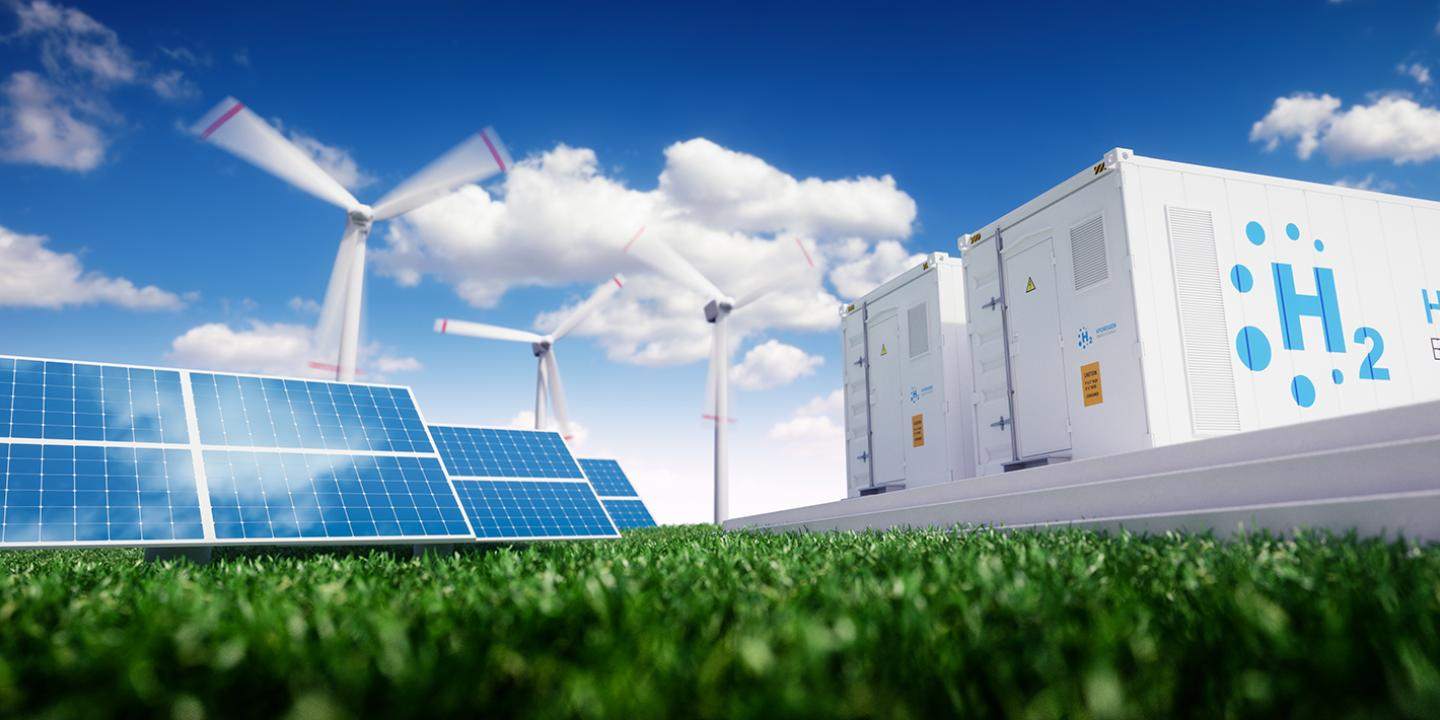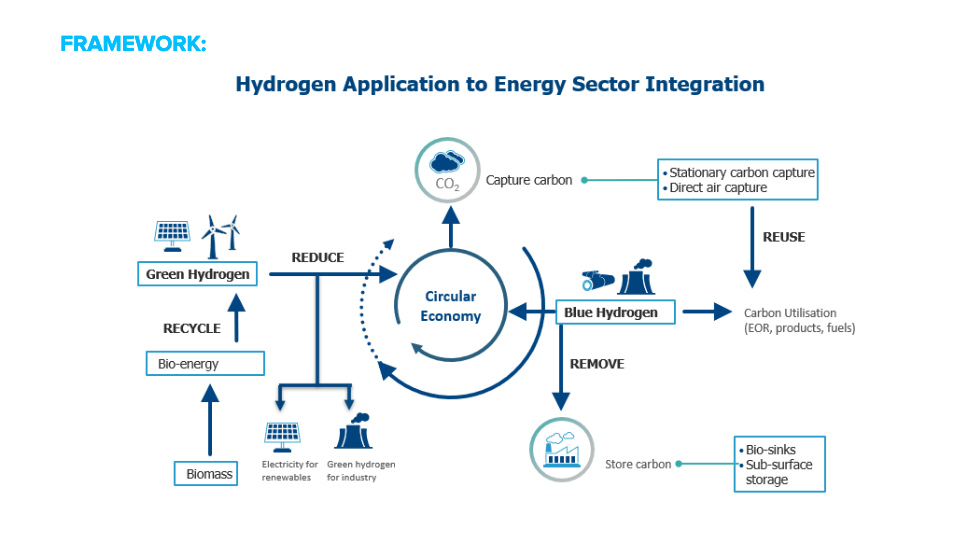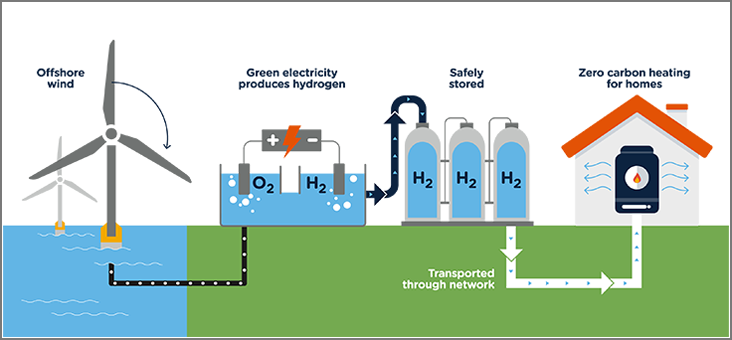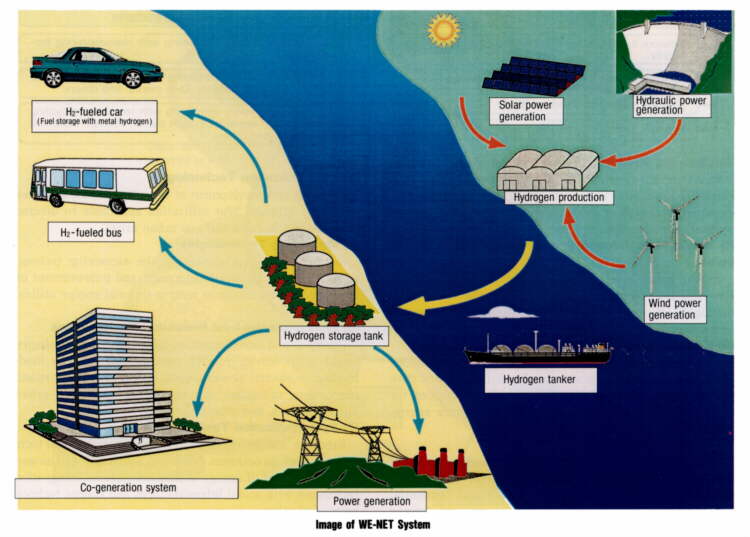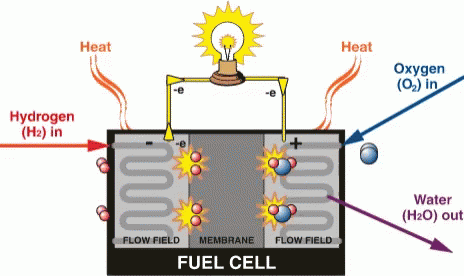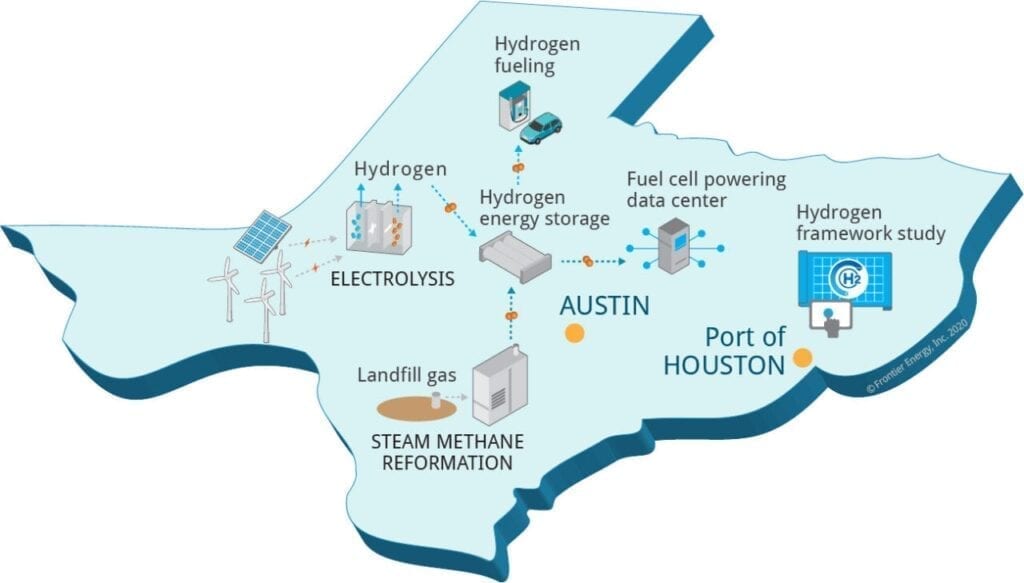Video
In the future, green hydrogen—hydrogen produced with renewable energy resources—could provide developing countries with a zero-carbon energy carrier to support national sustainable energy objectives, and it needs further consideration by policy makers and investors.
Developing countries with good renewable energy resources could produce green hydrogen locally, generating economic opportunities, and increasing energy security by reducing exposure to oil price volatility and supply disruptions.
Further detail
Green hydrogen solutions could decarbonize hard-to-abate sectors such as heavy industry, buildings, and transport while catalysing renewable-based energy systems in developing countries.
Electrolysers and fuel cell technologies are experiencing significant cost, efficiency, and product quality improvements, with green hydrogen steadily closing the cost gap with fossil fuel-derived hydrogen in certain contexts and geographies. Still, further cost reductions are needed for green hydrogen to scale up.
Hydrogen guide
Global Climate Action - Hydrogen
Hydrogen website
Global Climate Action - Hydrogen
Texas Hydrogen Hub
Largest Hydrogen Hub in USA
Next Steps...
How the Circular Economy can reduce Climate Change
Green Hydrogen in Developing Countries
Green hydrogen—hydrogen produced with renewable energy resources—could provide developing countries with a zero-carbon energy carrier to support national sustainable energy objectives, and it needs further consideration by policy makers and investors. Developing countries with good renewable energy resources could produce green hydrogen locally, generating economic opportunities, and increasing energy security by reducing exposure to oil price volatility and supply disruptions.
Support from development finance institutions and concessional funds could play an important role in deploying first-of-a-kind green hydrogen projects, accelerating the uptake of green hydrogen in developing countries, and increasing capacity and creating the necessary policy and regulatory enabling environment.
More information..........
More information..........
Hydrogen & Circular Economy
Hydrogen can be produced from methane or by electrolysis of water. Electrolysis means that electricity is run through water (H2O) to separate the hydrogen and oxygen atoms from each other. Electrolysis in itself does not produce any CO2 and it can be done with a range of energy sources. When combined with renewable energies, the process of electrolysis is zero emission from start to finish.
A fuel cell is any device that generates electricity by means of a chemical reaction. Used in a fuel cell, hydrogen combines with oxygen from air to produce electricity, with water as the only by-product. The main difference between a battery and a fuel cell is that batteries store energy, while the fuel cell generates it.
There are many types of fuel cells for different uses. Small fuel cells can power laptop computers or mobile phones. Large fuel cells can provide electricity for emergency power to hospitals or to buildings that are not connected to the power grid.
Electricity & heat produced
Once produced, electricity and heat can be generated from hydrogen in various ways, such as the fuel cell, hydrogen boiler, as a feedstock for chemicals or in gas turbines. To illustrate with a simple example: in cars, hydrogen is combined with oxygen from the air to produce electricity in a fuel cell, with water as the only by-product. One of the most important advantages of hydrogen as a fuel is that it can be used without producing carbon emissions, which makes it environmentally friendly.
Easy to Transport
Because hydrogen can be stored as a gas, it’s easy to transport so it can be used wherever its power is needed. This means it can be used to store excess renewable energy over longer periods of time. Allowing consumers and industries to use renewable energy created at any time, even when there is no wind or sun.

